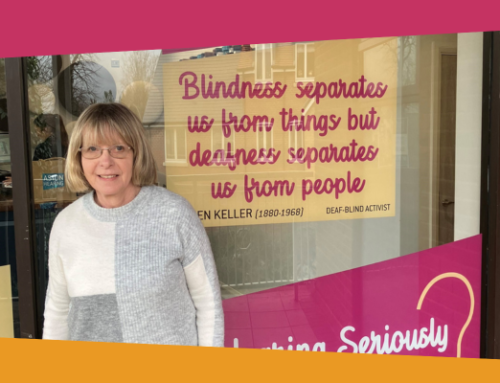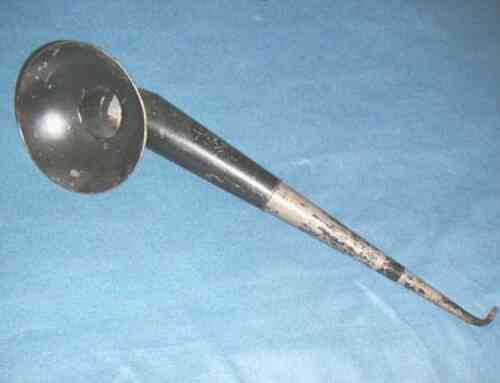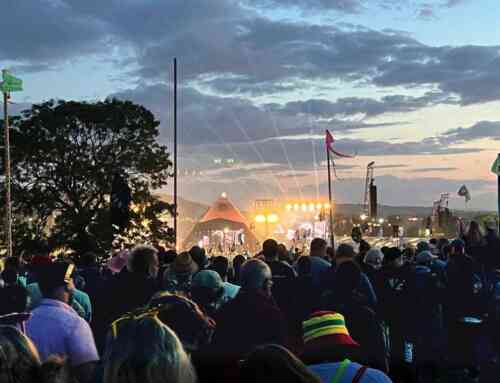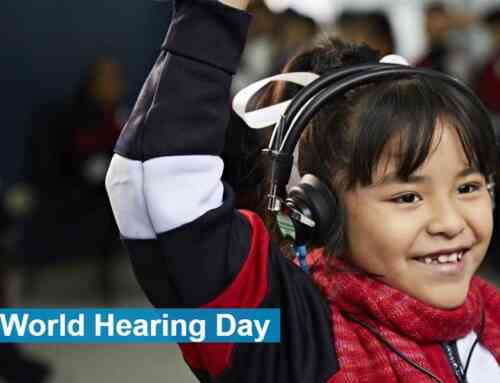The new year has begun and the Christmas parties are over but this is a good time to reflect back. What learning can we apply to plan better and more comfortable events this coming year?
There is so much to arrange and think about when planning an event, but optimising the acoustics is vital for both the hearing and those with hearing difficulties. Noisy echoey venues can make hearing hard and affect the experience for just about anyone, but when you consider those with increased hearing issues it can be extremely isolating and stressful. The solution is not always to turn up the volume but to optimise the venue to deliver clearer sound, or choose an appropriate venue accordingly. Here are some tips on how to do just that:-
- The ceiling of the venue. Consider how sound will work in the space. Is it a large hall where sound will be diluted or made to echo by a pitched roof? Flat ceilings reflect sound back down to the audience and should provide better acoustics.
- The right size room for the number of attendees. Choose a venue the right size for the number of people attending so sound is not diluted nor reverberates in a large space. People are good sound absorbers, so if an echoey room has lots of people in it, the sound will be clearer. On the other hand more people can generate greater noise, so it is about finding a balance.
- Check for background noise. Is there background noise from a nearby road, people working in the rooms next door or noise from ventilation units? People with hearing impairments can find it especially hard to differentiate different sounds so background noise can really get in the way. Can you address these, or do you need to choose a different venue?
- Don’t just turn up the volume. Accommodating people with hearing impairments doesn’t just mean making the audio louder. For example, for those with tinnitus (one in ten people) loud noise can aggravate their condition and can increase anxiety. Good acoustics means clarity of sound. Also, consider any background music isn’t too loud.
- The flooring of the venue. Avoid carpet if possible because you want a reflective surface to move sound to the audience. Is it a noisy floor, like ceramic tiles, which will amplify the sound of chairs being moved, footsteps, or cutlery being dropped? Laminate or wooden floors often work best.
- Are you using a marquee? Is the marquee material sound absorbent or will sound be lost to the outside? Will the doors be open in warmer weather? Some marquees have interior wall and ceiling drapes to make it look more attractive and these can also absorb unwanted sound reflections and give better acoustics.
- Timings. Carefully plan timings for speeches and talks. For example, if food is being served this can generate a lot of noise. Plan carefully so people don’t have to listen over the sound of plates being cleared.
- Positioning can really make a difference. If there is a seating plan, give people an opportunity to tell you that they have a hearing impairment and sit them in an optimal position for hearing, like at the front, or in the corner of a room or next to a wall, with a good view of the speaker. If they are sitting at a table and have their back to a wall this prevents excess noise coming from behind and helps them to join in. Ask any one with hearing issues what will suit their needs.
- Consider the range of people attending and be inclusive. It is not just those with hearing impairments that struggle to hear at events. It is common for older people to have a natural degree of hearing loss for example. Some people naturally struggle to hear certain tones. Sit them where they can be fully included.
- Rounder table over square for meals. On a similar note, rounder tables allow for good visibility of everyone at a meal. This way everyone feels included and it also helps with lipreading.
- The venue needs to have good lighting – This helps some with hearing to lipread, which many of us also naturally do without a hearing impairment. A well-lit venue is preferred.
- Provide a comfortable environment. Recent interior design trends such as open plan design and minimal soft furnishings means background sounds are not soaked up making it a difficult atmosphere for everyone, whatever your hearing ability. It may also be useful to remember that for some people listening in a noisy environment can be tiring after a while, so if appropriate it may be important to keep the evening a bit shorter if this becomes obvious.







